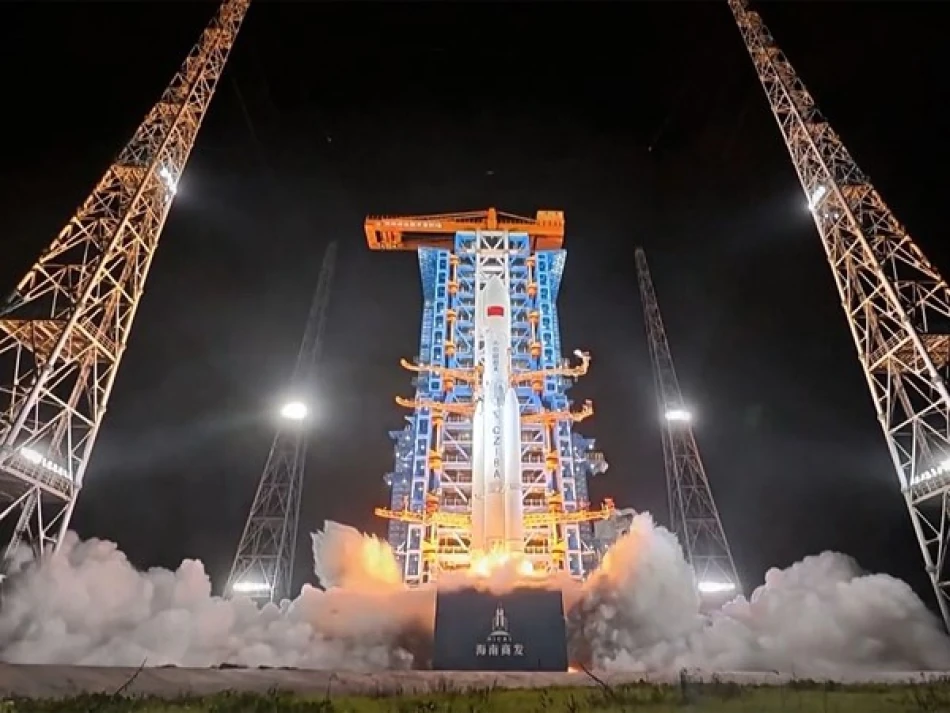
China Launches Low-Earth Orbit Satellite Constellation: A Leap in Space Technology
China Expands Its Internet Constellation with Latest Low-Earth Orbit Satellite Launch
China successfully deployed its tenth batch of low-earth orbit satellites on Tuesday from the Hainan Commercial Space Launch Site, marking another significant step in the country's ambitious plan to build a comprehensive internet constellation that could rival SpaceX's Starlink network. The launch represents China's accelerating push to establish space-based internet infrastructure and reduce dependence on Western satellite communication systems.
Strategic Infrastructure Development
The satellites were launched aboard a Long March-8A carrier rocket and successfully entered their designated orbits. This launch continues China's methodical approach to building what appears to be a state-controlled alternative to existing satellite internet services, positioning the nation to compete directly with established players in the rapidly growing space internet market.
The Hainan launch site, specifically designed for commercial space operations, underscores China's commitment to developing both military and civilian space capabilities. Located in southern China, this facility provides strategic advantages for launching satellites into various orbital configurations needed for global coverage.
Global Competition in Space-Based Internet
Market Implications
China's systematic satellite deployment strategy differs markedly from the rapid-fire launch approach adopted by SpaceX, which has already deployed over 5,000 Starlink satellites. While SpaceX prioritizes speed and market capture, China appears focused on building a more controlled, state-managed network that could serve both domestic and international markets.
This measured approach may appeal to countries seeking alternatives to Western-controlled satellite internet services, particularly nations concerned about data sovereignty and digital independence. The timing is strategic, as global demand for satellite internet services is projected to reach $18.6 billion by 2030.
Technological and Geopolitical Considerations
China's internet constellation project serves multiple strategic purposes beyond commercial internet provision. The dual-use nature of satellite technology means these systems could enhance military communications, surveillance capabilities, and provide backup infrastructure during terrestrial network disruptions.
Unlike private ventures such as Starlink or Amazon's Project Kuiper, China's satellite network operates under direct state oversight, raising questions about data privacy and access restrictions that could influence international adoption rates.
Investment and Industry Impact
The consistent launch schedule demonstrates significant state investment in space infrastructure, likely totaling billions of dollars over the program's lifetime. This sustained funding commitment gives China advantages in long-term planning and technology development that purely commercial ventures may struggle to match.
For the global satellite industry, China's entry as a major constellation operator intensifies competition and could drive down service costs while accelerating technological innovation. However, it also fragments the market along geopolitical lines, potentially creating separate satellite internet ecosystems serving different regions and political alignments.
The success of China's tenth satellite batch launch signals that the country remains on track to complete its internet constellation within the next few years, fundamentally altering the competitive landscape for global satellite communications and establishing space-based internet as a key battleground for technological supremacy.
Most Viewed News

 Layla Al Mansoori
Layla Al Mansoori






